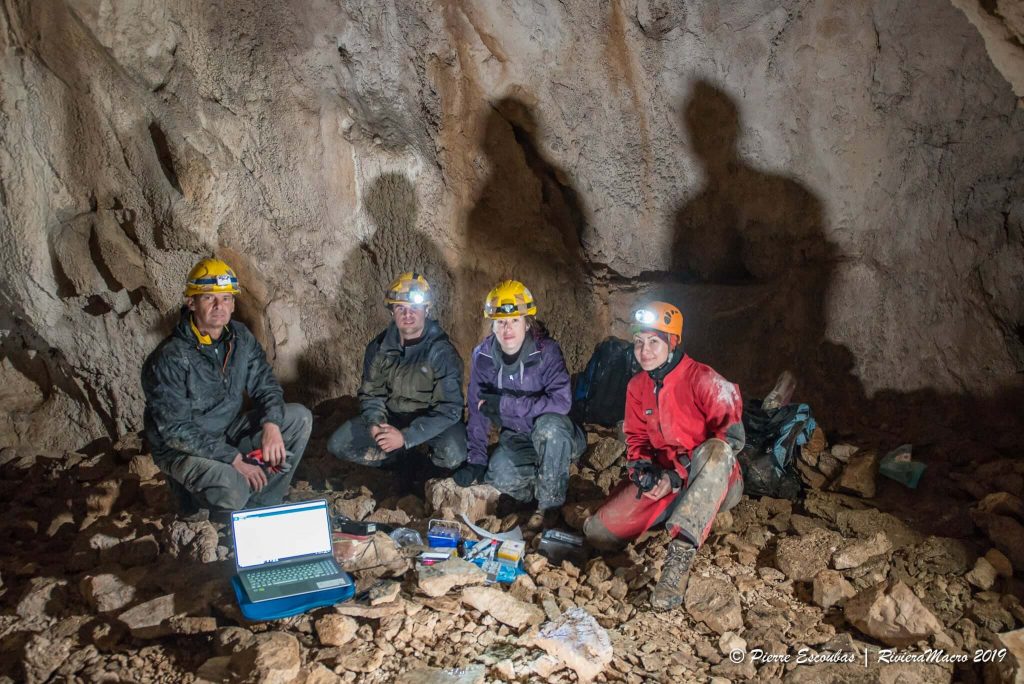Reading the barcode of DNA to find new species
29 July 2019 | Written by La redazione
A team from the University of Verona, led by Massimo Delledonne, thanks to a new device, carried out DNA sequencing in the Durmitor National Park, an area of Montenegro formed by glaciers and characterized by numerous caves and underground rivers

There are two million species of animals and plants currently identified and named by man: it is estimated that they are only 20% of the existing ones, all the others are yet to be discovered. To do this, Massimo Delledonne, Professor of Genetics at the University of Verona, designed a portable device that can sequence DNA and identify new species in a short time. The professor and his team have recently returned from Montenegro where they carried out sequencing of DNA in the Durmitor National Park, an area of Montenegro formed by glaciers and characterized by numerous caves and underground rivers, which contains extraordinary biodiversity still largely unknown.
The mission in Montenegro. Led by Menno Schilthuizen, professor of Evolution and Biodiversity of Leiden University and by Iva Njunjić, biospeleologist and explorer of the National Geographics specialized in the classification of cave insects, Delledonne and her team climbed a mountain to reach the entrance of a cave, where they discovered an insect believed to belong to a species not yet known. In that place, they installed a real DNA sequencing laboratory. “It is the first time that DNA sequencing is performed in a cave – says Delledonne -, and we are very proud to have reached this goal too. My collaborators have practiced for a long time to minimize the probability of failure, working for hours in cold rooms, with a temperature of about 4 degrees centigrade, from the Department of Biotechnology, but I admit that in the cave everything was much more difficult. We had not considered the mistreatment we had to subject the instrumentation to trying to pass through tunnels where we barely passed, and the difficulty of spending so many hours in a really difficult environment. Fortunately, however, everything went as we had hoped. We brought home data of great interest also to the companies that provided us with truly innovative instrumentation, without which we would not have been able to reach the goal “.

The project and the device. The new technology allows us to find out in a few hours if we are dealing with a new species because the DNA bar code is unique. “Characterizing a species takes a long time – Delledonne recalls – sometimes even a full day of intense microscopic work to study it and compare it with the species already described and then often discover that it is already known. For some years now, the characterization based on DNA analysis has been added to the taxonomic characterization, that is to say under the microscope, in particular of what is called the barcode region”. The device devised by Delledonne was created as part of a project coordinated by the Canadian University of Guelph and involves 30 international partners. The study aims to discover two million new species: to date, 1.8 million have been classified, but it is estimated that in nature there are between 8 and 20 million. “The DNA barcode project, or Barcode of life, – Delledonne continues – aims to store in a public database the DNA sequences belonging to the species already characterized, immediately understanding in this way whether the one being analyzed is known or not. We sequence the DNA barcode directly in the field, while the traditional approach requires that the samples collected in the various expeditions are first characterized by evolutionary biologists and then sent to a DNA sequencing analysis laboratory. Verona has overturned the procedure – Delledonne concludes – bringing the analysis laboratory to where the species are found. A paradigm shift that makes it possible to speed up the entire process, but which requires a considerable technological advance that the Scala University has managed to achieve. Using experimental tools and simple but effective technologies, we were able to sequence the DNA during the expedition organized by the Taxon expedition association”.
The other missions. The one concluded in Montenegro is not the first and only study of this type conducted by the functional genomics group of the University of Verona. In fact, starting in 2016, Delledonne and her team conducted field studies in Tanzania, Congo and Borneo.





